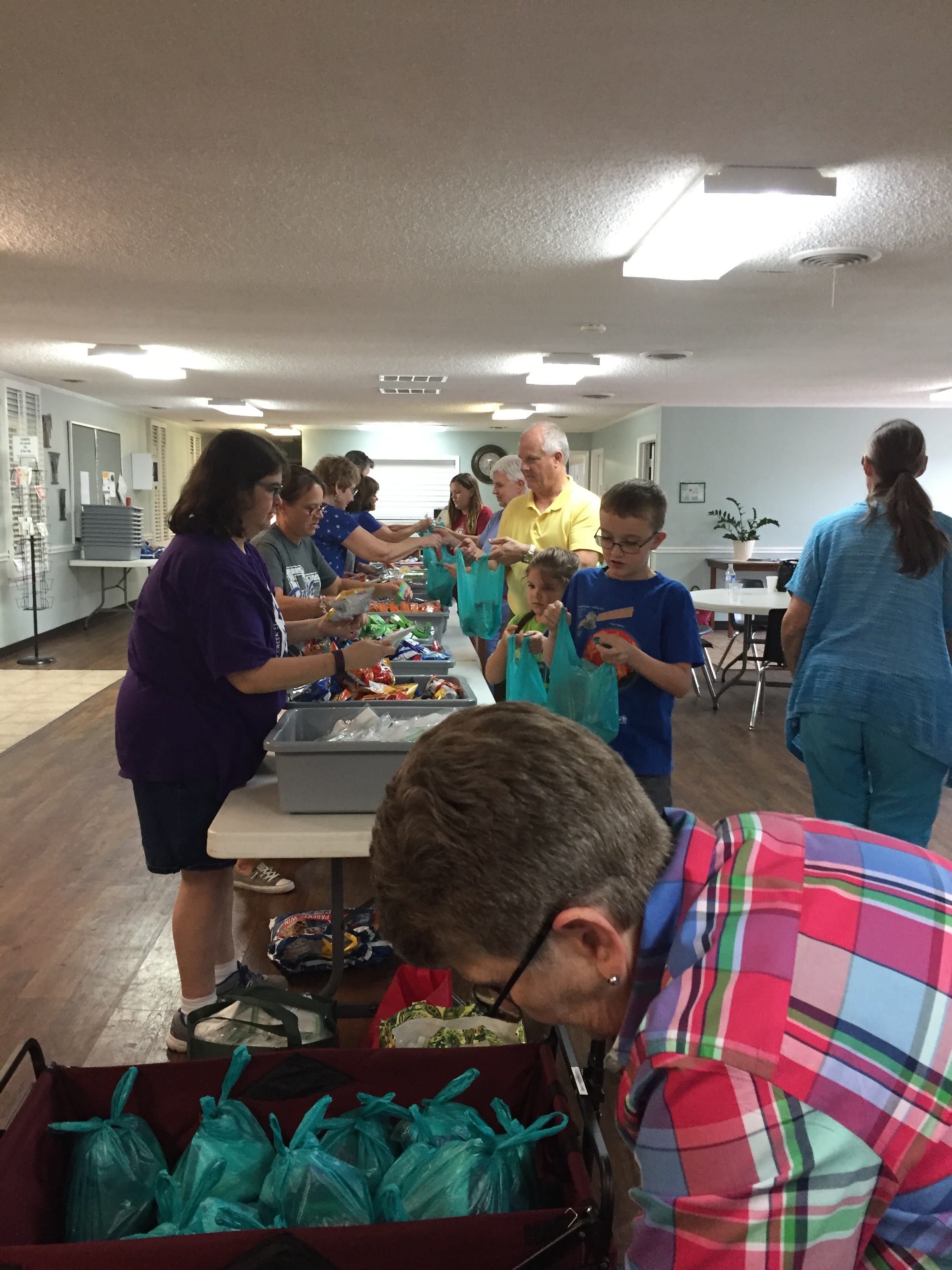“The senior pastor casts the vision.” Some churches adopt a vision cast by the senior pastor. At Saginaw United Methodist Church, we’re different.
First, this leadership axiom is complicated by setting because SUMC does not have a senior pastor. SUMC has Co-senior pastors. My wife, Estee, and I are both ordained in the UMC and appointed to share single appointment. Not two appointments, but one. We split responsibilities; she has worship, communications and stewardship and I have trustees, finance, and lay leadership. We split the preaching. But vision casting is rather difficult to assign. Rather than one of us casting the vision and the other following, we decided the co-senior pastor was not the vision caster at SUMC. Instead, we decided to listen to the people of the church.
The vision would come from God through the people of SUMC.
Here is what happened:
First, we created a Discernment Team. The Discernment Team (DT) was a new committee tasked with creating a visioning process called Holy Conversations. The DT was seeded by the Lay Leadership Team and was full of people you might identify as “introverted” and/or “mystical”. Put another way, not the people who were already in leadership in the church.
The DT used the book Holy Conversations as a source to guide their work. The end game was for the team to help the church establish five year goals. The process had three basic movements built around three basic questions: Who are we? Who is our neighbor? What is God calling us to do/be in this chapter of our lives?
As you can see from this image of the timeline used, this process was not quick. In fact it took over 18 months from the creation to the DT to the adoption of the goals! This process requires grit and patience. It requires a slow and steady movement forward. It requires trust that the next step will be more clear when you complete the current step. This process was one of trust between one another, God and the work of the Holy Spirit.
In the end, SUMC adopted six goals that are our “Holy Focus” for the next five years. They are not ground breaking. You may read this list and think, “It too you all that long to come up with that?! I could do that in 2 weeks!” And you would be correct. The process was not so much for the creation of the goals, but the building of trust and communication and a framework for future conversations. The “Holy Focus” for SUMC are:
- Creating a snack sack ministry with a school
- Create local mission teams
- Create a small group ministry
- Develop a new worship service
- See a 50% drop in the number of people having their water turned off by the city
- Build a resource bridge connecting those with services with those in need
Now that the Holy Focus is set, we have a task force for each one of the goals. Task forces have support from the staff and the church for resources and prayer, and are given permission to work toward the goal in the way they understand to be best.
Once the task forces were up and going, it took another three months for SUMC to be ready to pack 200 weekend backpacks for the coming school year! Our plan was to start with 200 weekend snack backpacks, but excitement and passion for ministry was so great that we were able to assemble 600 snack packs for hungry children at a local school. The numbers of people in leadership, taking on responsibilities for the Holy Focus has been growing, along with greater excitement toward the next steps of mission and ministry (measured by worship attendance and dollars given as crude measurements).
The vision came from God through the process of Holy Conversations. The vision belongs to the people of SUMC. The vision is not dependant upon the pastors to cast. The vision does not live or die with the work of one person. There is broad buy-in and participation.
This is a story of how “a vision shared is a vision achieved.” It is a story of how the Sr. Pastor does not have to be the “vision caster” in order for a church to flourish. It is a story of how we can use the institution to create a movement rather than holding the movement hostage to institutional needs. It is a story of how God uses the imagination of the whole church to bring the church into greater relationships.
If you are a church leader and are interested to learn more about SUMC’s process of community vision casting, I would be happy to visit with you and respond to any questions you may have.
I feel my call is rooted in a sense of helping cultivate and create the culture known as the Kingdom of God. I hope to help people discover the power we each have given to us by God to be creators and cultivators of God’s culture. My wife, Estee Valendy, and I co-pastor Saginaw United Methodist Church and we share the joy and privilege of being the parents of our sons, Jude and Evan. I also write at jasonvalendy.net



